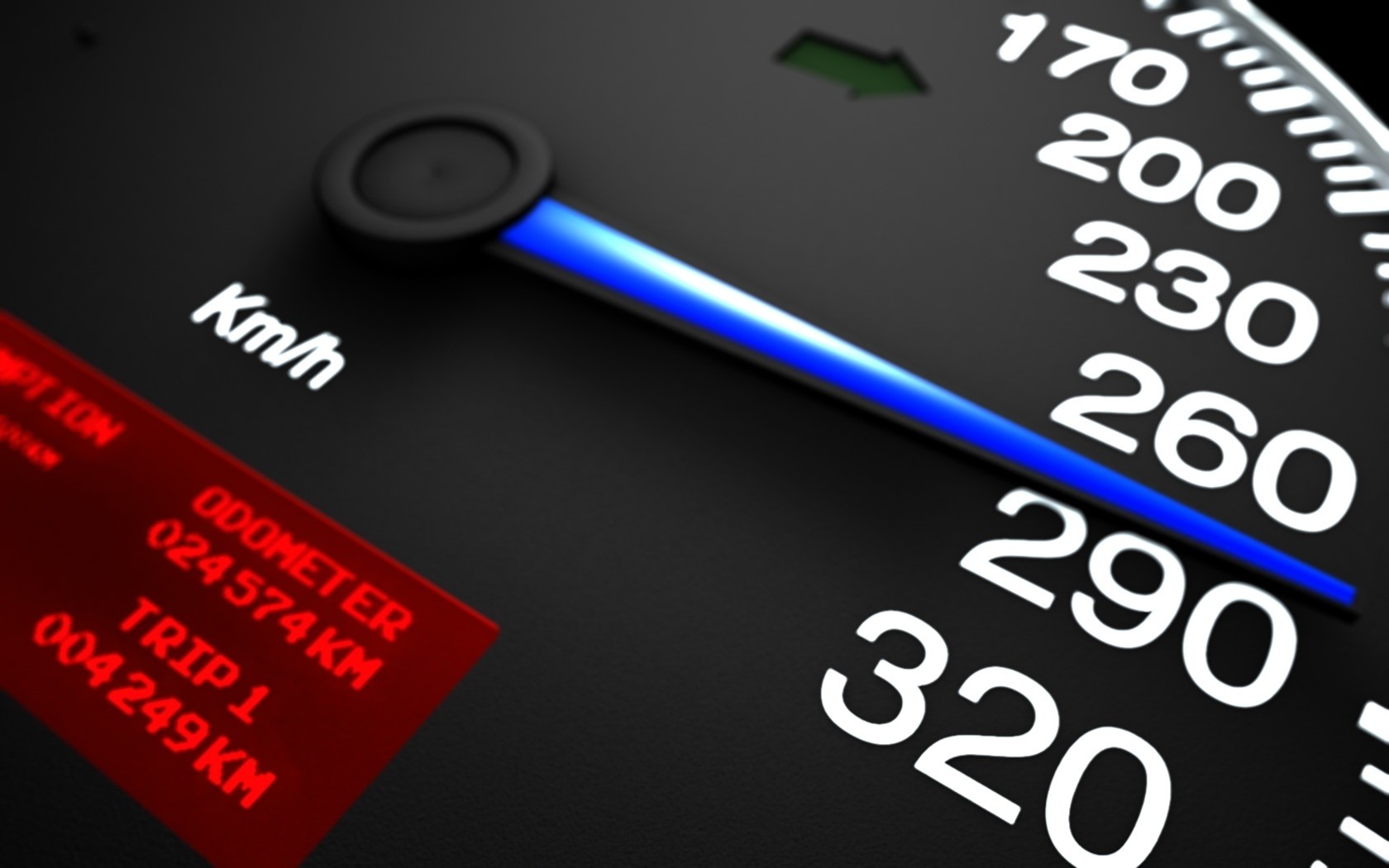Buying Used cars online
However tempting the offer, don’t rush into making a purchase – you could save yourself a lot of time, trouble and money. Remember, if a deal sounds too good to be true, it probably is.
- Make notes of what’s on offer: you can use them to compare cars, they’ll give you a written record of what’s been agreed.
- Make sure that you know exactly who you’re buying from: check the firm is credible and trustworthy. if possible, see whether others have had positive dealings with the company.
- Read the small print before you click that ‘Buy’ button: if an online seller can’t or won’t offer 100% customer satisfaction, shop elsewhere.
- If you decide to buy, print off all details: this includes the seller’s details, terms and conditions, quotes and the completed order form.
- Always get confirmation of your order by post, fax or email. As a minimum, your confirmation should give you an order number, the main specifications you’ve ordered, the price agreed and when the car should be delivered.
Wherever you choose to buy, here are some general tips on buying a used car.
- Budget well: include the cost of insurance, tax, and any work that may be needed
- Do your homework: check out price guides and compare similar cars in the classifieds so you know as much as you can about the value of different cars to avoid being overcharged.
- Research the seller if possible: If you’re buying from a dealer, make sure they are registered traders.
- Never view a car in the rain, in poor light or at night: You won’t be able to evaluate the condition of the car effectively – water obscures scratches, dents and other problems. Make sure you can see the vehicle clearly and from all angles.
- Ask about the car’s service history: check any documentation provided, including current and previous MOT certificates.
- Insist on seeing the V5 vehicle registration document: the registration document shows the registered keeper and NOT the legal owner.
- check the name of the present keeper: is the seller the registered keeper? if not, why are they selling it for someone else?
- Use the other keeper details on the V5C to do further research – contact them to find out more about when they owned the car, what work was done and how many miles they did in it
- Check the seller has a current MOT certificate and certificate of insurance: if the car is three years old or more, make sure there’s a continuous series of annual MOT certificates,
- see if the mileage on these certificates agrees with the service records: double check that the mileage increases at a consistent rate each year.
- Handle with care: be wary of anything that seems like a real bargain, or has a very low mileage for its age. To help you avoid making a mistake when you buy a used car, get A Car Data Check. If you do decide to go it alone, use our DIY inspection checklist to make sure you look the car over thoroughly.
- Check the service record: ensure that the cam belt has been replaced according to the manufacturer’s recommended intervals. Contact the dealer who stamped the service records at the appropriate time interval and ask if they completed the required work on the vehicle. If the record’s not clear it will have to be replaced – if a belt fails, you might have to buy a whole new engine.
- Check the handbook: Confirm how the security system works.
- Find out what keys were provided when the car was new: Modern car keys are expensive to replace, particularly the coloured ‘master’ key provided by some manufacturers to programme new spare keys to the car. There should be at least one spare key – ask why if there isn’t.
- Test-drive the car before committing yourself: it’s the only way to assess whether the car meets all your needs, you’ll find out about its mechanical condition too. If possible, do a cold start and a hot start, and see if there are any differences in performance.
- Be vigilant: Look for mismatched panels and colours on doors, bonnet and tailgate. These can indicate that the car has been repaired after a shunt. Look for traces of spray paint on door handles, window seals and mouldings.
- Check the engine bay: if it’s been power-washed clean, that may remove evidence of any fluid leaks. Make sure your test drive is lengthy, and check under the bonnet again for any evidence of leaks.
- Don’t be put off by dirty seats and grubby carpets: After all, these can be cleaned. However stains on internal fabric head–linings (roof coverings) are impossible to remove completely.
- Check for damage underneath any fitted seat covers. Seats can be expensive to replace.
- Go on, haggle: many sellers will have allowed for bargaining when they set the price. Remember your budget?
- Don’t be pressured into buying: There are always other vehicles out there.
- If it’s too good to be true, then be on your guard – bargains are few and far between. If a seller is selling cheap, ask yourself (and them) why. And be wary of ‘sob stories’ – change of job, break-up of relationship, moving aboard, new baby on the way. Don’t be swayed by these influencing factors. You’re buying a car to help yourself, not anyone else.
- Don’t hand over money until you’ve agreed collection or delivery: check exactly what’s included in the price, include any work that the seller has agreed to do.
- Make sure you get a receipt that details the vehicle, price, terms of sale and sellers details. Walk away if you’re not completely happy.
- Computerised Ministry Of Transport (MOT) - check the MOT status.
Other ways to buy
On the whole, a dealer with a new–car franchise for the make you’re interested in is probably best, although there are many highly respected used–car dealers around.
- Choose an established dealership with a good reputation they’ll want to maintain. Check that the extras a dealer includes, such as warranties, are competitively priced. The best way of finding a dealer is through personal recommendation. You can also check out owner’s clubs and forums for recommendations – these can also be a good source of hints and tips for buying and keeping that type of vehicle.
- If you need to borrow part of the amount, don’t automatically take the dealer’s finance. It’s always worth getting alternative quotes.
- It’s vital to check the warranty: a mechanical breakdown warranty will probably cost extra and won’t cover everything. find out exactly what is and isn’t covered, for how long and for how much.
It’s best not to buy a used car at auction unless you know your way around an engine and you’re aware of current price trends.
- Take someone with you – preferably someone familiar with auctions and who knows about cars.
- Go first as a spectator to get the feel of how auctions work.
- Read the terms and conditions of sale carefully.
- Don’t get carried away bidding: stick to your budget, factor in any seller’s premium or other fees charged on top of the ‘hammer price’.
- Test the car as soon as you can after you’ve paid – if there’s anything wrong you’ll only have a very short time in which to complain. Take along the details of the AA Car Data Check contact centre (0800 316 3564) and complete a history check on the vehicle you’re viewing, so that you know if it’s hiding anything in its past.









![Top 20 Used Cars to Avoid Buying in Kenya – [PHOTOS]](https://kenyacarbazaar.com/blog/wp-content/uploads/2013/11/top-used-unreliable-cars-to-avoid2-80x60.jpg)



![Here are some of the best tuned cars in kenya by state of the art garages [PHOTOS]](https://kenyacarbazaar.com/blog/wp-content/uploads/2013/11/29402_10151301757042065_340470732_n-e1384498044289.jpg)

![Top 20 Used Cars to Avoid Buying in Kenya – [PHOTOS]](https://kenyacarbazaar.com/blog/wp-content/uploads/2013/11/top-used-unreliable-cars-to-avoid2-100x70.jpg)





